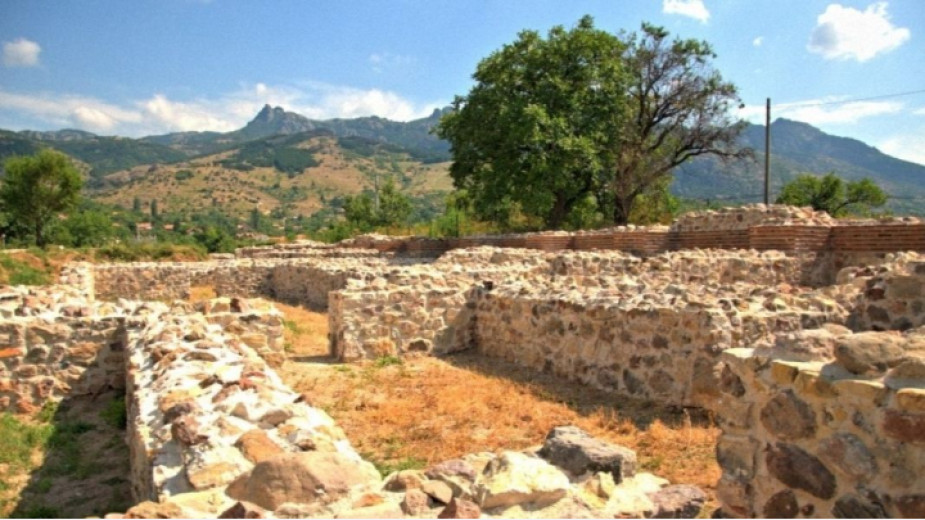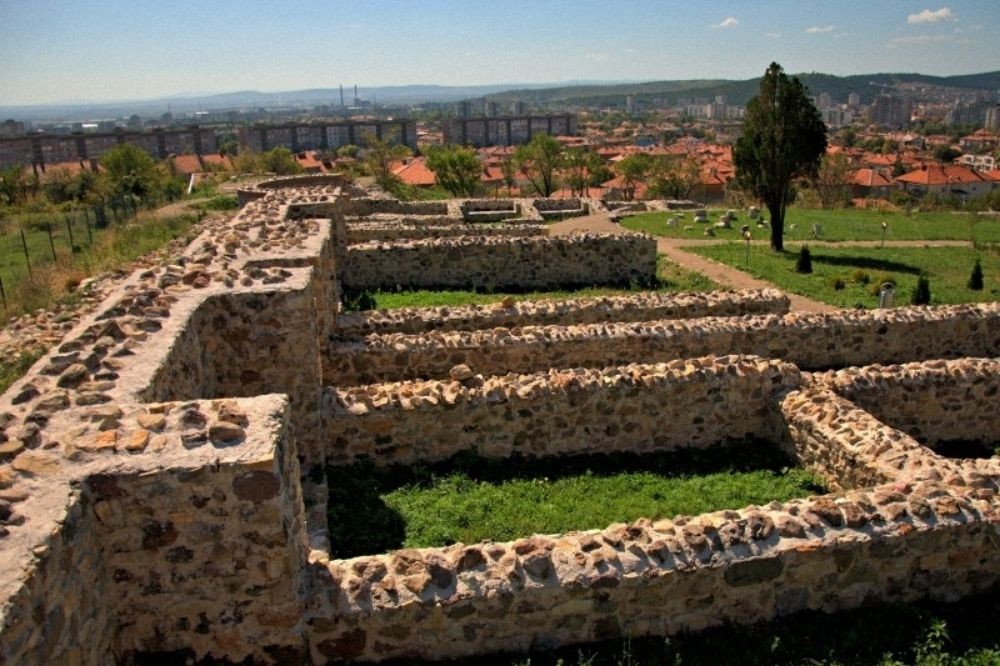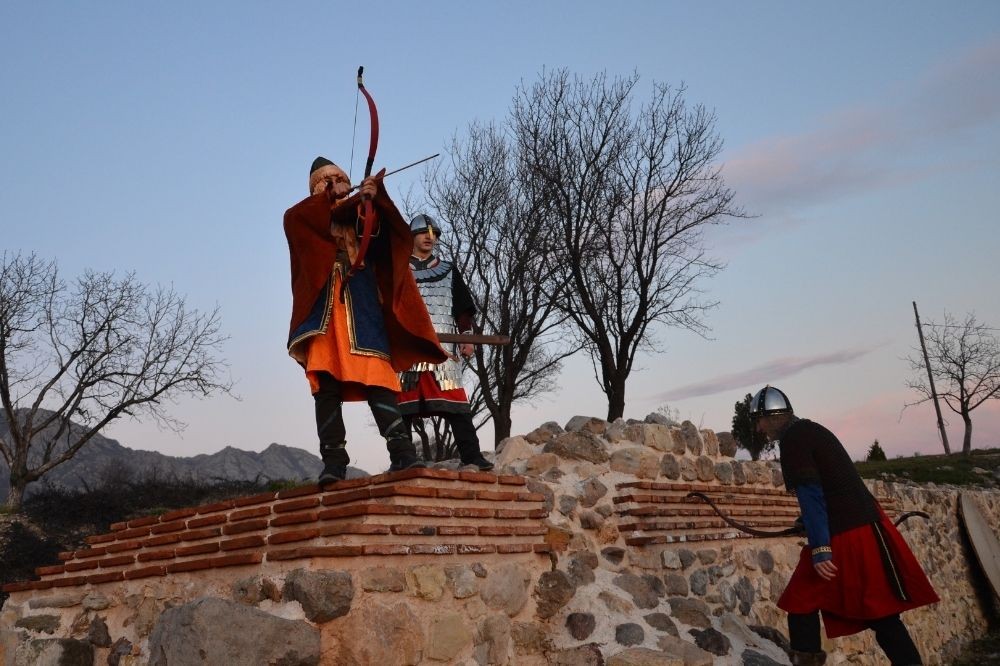 7
7
The International Ecotourism Society (TIES) named the late antique and medieval fortress Tuida the world’s best eco museum. The cultural and historical landmark located near the town of Sliven (Southeastern Bulgaria) won two first prizes at the International Ecotourism Society Awards. Several days ago, Tuida fortress became a winner in two categories – Best Eco Museum and Best Sustainable Tour Itinerary/Program. Nearly 1,000 sites from around 100 countries took part at the competition. The prize will be presented during the 16th Annual Ecotourism and Sustainable Tourism Conference, which will take place on July 28 in Tokat (Turkey).
Tuida fortress was used for centuries – during the Roman Empire, Byzantium and during the time of Medieval Bulgaria. Traces of Thracian presence were also found there. Here is a curious fact- during excavations archaeologists came across more than 14 different types of bones of bird species, which have been extinct in Bulgaria for a long time.

Between 2007 and 2013, the fortress was restored with EU funding and since then it has been among the most popular tourist attractions in the area. A team of animators work together with the tour guides at the site.
“Visitors have the opportunity to get acquainted with the lifestyle, the crafts and the combat skills of our ancestors. They can try to shoot a recurve bow, just like the Proto Bulgarians. Tourists can also dress in medieval costumes, participate at workshops for the manufacture of traditional ancient items and attend demonstrations with the bay-winged hawk Draco, which present falconry as one of the ancient crafts of Proto-Bulgarians.”

You can learn more details about Tuida fortress in Radio Bulgaria’s article: Antique Tuida fortress in Sliven is in harmony with rhythm of life and needs of modern society.
English version: Kostadin Atanasov
Photos: tuidacastle.sliven.bg, BGNESIn a small village hidden in the heart of the Devetashko Plateau, life pulses with admirable energy. Karpachevo has become a symbol of how a community, united by a shared purpose, can defy demographic decline and breathe new life into a fading region...
The panoramic platform “The Peak,” a beloved spot among tourists in the Rhodope Mountains, has been renovated. On the initiative of the “Krepostta – Mogilitsa” Tourist Association, the facility - located at 1,351 meters above sea level - was repaired..
The National Tourism Board will create a cultural tourism calendar for the country, announced Martin Zahariev, Deputy Chairman of the Board, during the "Destination Bulgaria in Focus for 2026" conference, as reported by the Bulgarian News Agency (BTA)...

+359 2 9336 661
